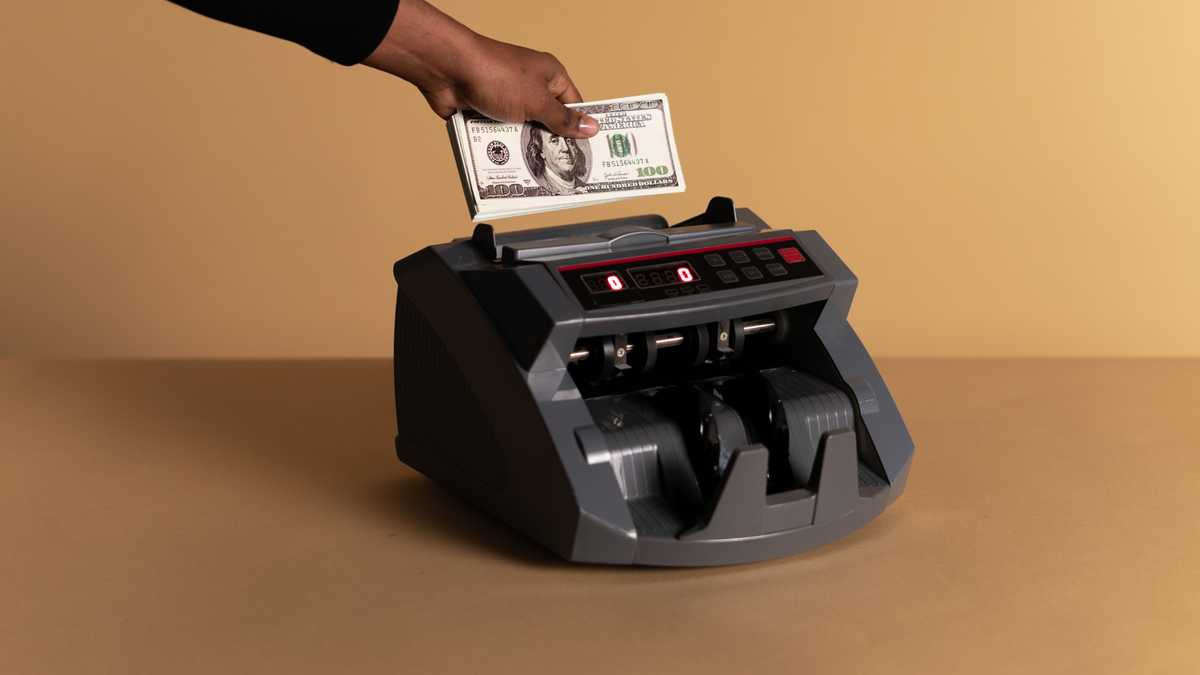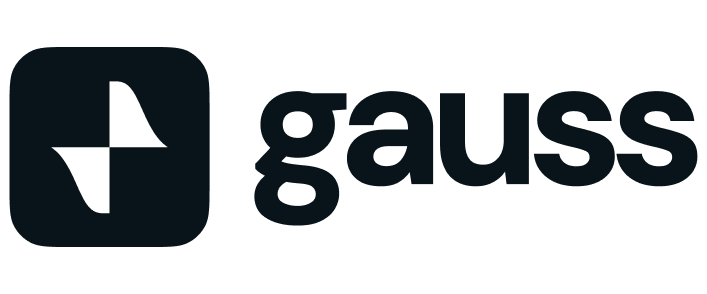Personal loan vs a credit card. How should you manage debt?

When you need cash fast and don’t have an immediate alternative, a personal loan or a credit card could seem like good options. Both these financing tools can help you get quick cash for meeting expenses in the short term. But there are key differences between personal loans and credit cards that you should understand before taking either of these financial instruments. A personal loan is different from a credit card in the following ways –
Interest rates on personal loans are higher
Personal loans are unsecured loans, which means they are not backed by any collateral. If you default on the loan, the lender cannot garnish your assets. This lack of collateral makes personal loans riskier for the lender and that’s why interest rates on unsecured personal loans are higher than secured loans. Credit card interest rates are usually much lower than that charged on unsecured personal loans. Credit card interest rates are often under 20%, as opposed to the 24% interest rate on an unsecured personal loan. However, if you have a high credit card balance, the interest added to your principle can be very high. Credit cards are designed to be short term financing instruments. Personal loans can be used for both short-term and long-term financial requirements.
Personal loans are recourse-based
When you take a personal loan, the lender has a lien or a claim on your assets in case you default on the loan. This means the lender has a right to seize your assets and sell them to pay off the loan. When you take a credit card, the card company can only charge your card account if you don’t make timely payments. Credit card companies don’t have recourse to your assets if you miss payments. However, if you miss credit card payments, your credit rating will take a hit. Conversely, if you default on a personal loan, your credit rating will be impacted. Credit card companies won’t report a missed payment to the credit bureaus. But, a personal loan lender can report a missed payment to the credit bureaus, thus impacting your credit rating.
Credit card limit is less than the loan amount
The credit limit on a credit card is the maximum amount that you can borrow on the card. If you take a credit card loan, the maximum amount that you can borrow is the credit limit amount. Credit cards are unsecured loans and you don’t have to provide any collateral to get a credit card. If you take a personal loan, you must provide collateral. The lender will seize your assets if you fail to repay the loan. Credit cards are revolving credit, which means that you can draw as much cash as you want, as long as you pay the full amount every month. Personal loans are installment loans, and you must repay the loan in regular installments over a specified time period, usually a few years.
Credit card interest is added to your principal debt
When you take a credit card loan, the interest that you pay is added to the amount you owe. Credit card companies have several different types of interest rates and charges. The interest rate that is applied to your balance is the “net” rate. The net rate is the rate of the interest charged on your credit card balance, less the grace period on the card. Personal loan interest rates are applied on the full loan amount, and not on the amount that you owe.
Understanding APRs and ERCs before taking a loan or a credit card
The annual percentage rate or APR is the annual interest rate applied to your loan. The effective rate of charge or ERC is the actual rate at which you are paying for your loan. This rate is often lower than the APR. Credit card companies and personal loan lenders don’t disclose the ERC, but they do disclose the APR. Before taking a loan or a credit card, you should understand the ERC and how it compares to the APR to make an informed decision.
Personal Loan vs. Credit Card: When should you take a loan?
If you have a short-term financial requirement and don’t have an immediate alternative, taking a personal loan or a credit card are viable options. Credit cards are short term loans and must be repaid in full by the due date. Personal loans should be repaid over a longer period of time. But before you take either of these financing tools, you should have a plan to repay them. If you don’t have a plan to repay the loan, you could fall into the debt trap. Credit cards are debt traps for many people because they lend you money that is easy to spend and hard to pay back.
